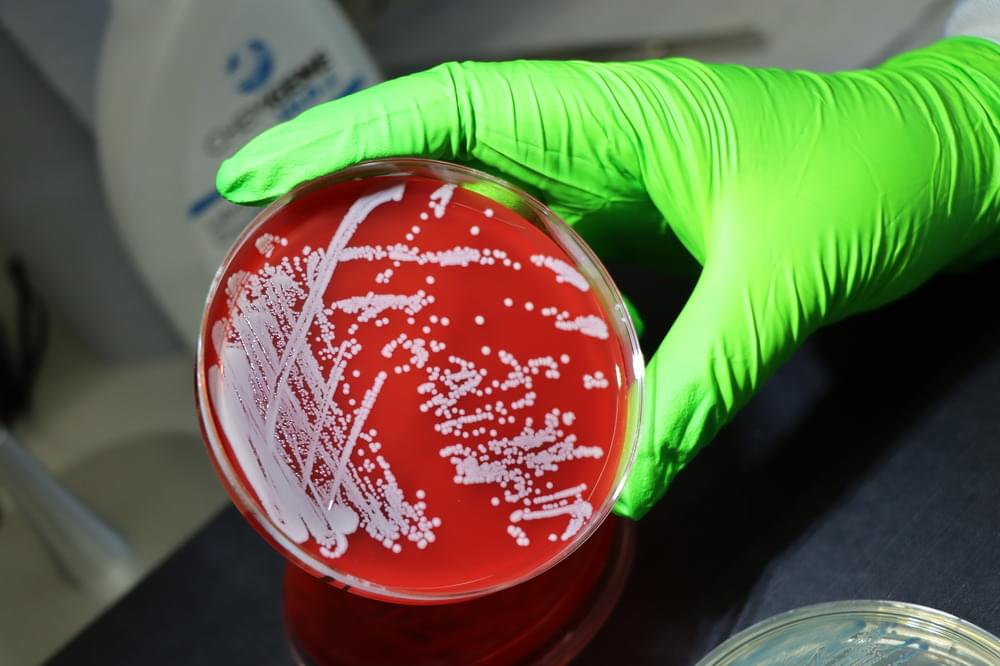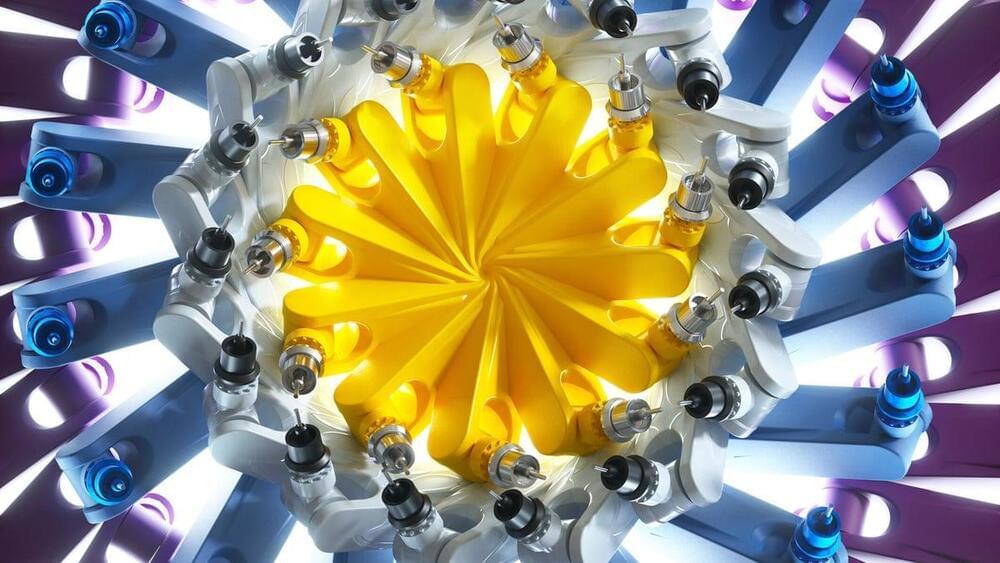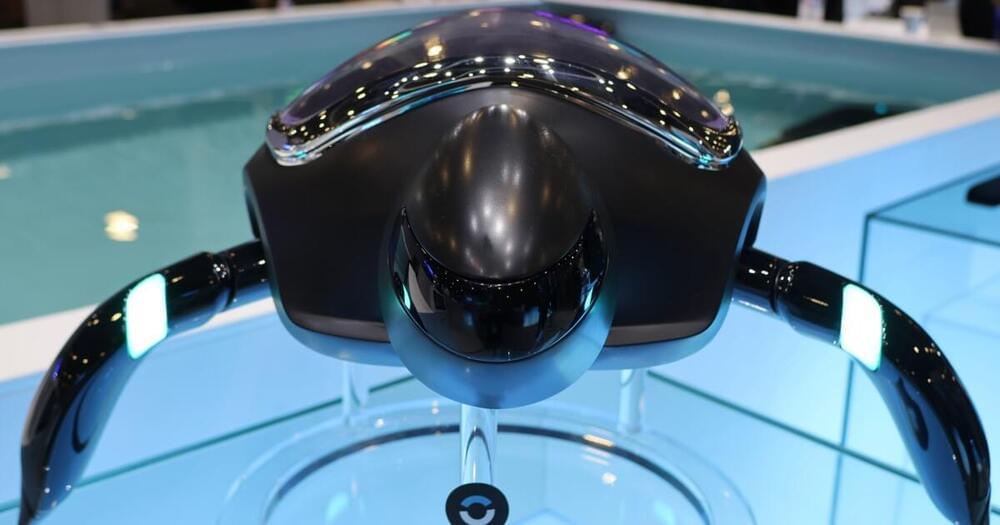A new study reveals how Staphylococcus aureus can adapt and evolve to survive in and on its human carriers at a genetic level.


Biological replacement and cryopreservation to significantly extend human lifespans — eli mohamad & kai micah mills — hydradao and cryodao.
Eli Mohamad is a prominent figure in the biotech, space, and AI industries who has co-founded several successful startups and has a real passion for groundbreaking ventures that focus on the development of futuristic technologies.
Currently as a Core Team Member at CryoDAO (https://www.cryodao.org/), a decentralized organization focused on sourcing and funding research in cryopreservation, Eli continues to work at the forefront of innovative technologies and applies his extensive experience in biotechnology and innovative projects to advance novel cryopreservation technologies and their various applications, from critical tissue and organ preservation, to cryo-sleep and suspended animation for space exploration.
Eli has also been involved in setting up another decentralized organization called HydraDAO (https://hydradao.org/) which is focused on funding and incubating biological replacement research to significantly extend human lifespan and will be looking at everything from Limb Regeneration, Organ Bioprinting and Xenotransplantation, to Progressive Brain Replacement, head/brain transplants, and even whole body replacement via non sentient cloning.
Throughout his career, Eli has held various leadership positions in cutting-edge companies including as Co-founder and Chief Business Officer at X-Therma Inc., a company focused on complex tissue preservation; Advisor and Chief Business Officer at Rimac Automobili, working on high-performance electric vehicles; CFO/CBO at Insilico Medicine, Inc., as well as Co-founder of Organ Preservation Alliance, a non-profit organization dedicated to the future of organ banking, Orphidia Ltd., a medical diagnostics company, and Walkmore, a data science company.

In a groundbreaking experiment, UNSW researchers successfully applied the Schrödinger’s cat concept using an antimony atom to enhance quantum computations.
This method significantly improves the reliability of quantum data processing and error correction, potentially accelerating the advent of practical quantum computing.
Understanding quantum mechanics through schrödinger’s cat.

Following the disbanding and reinstating of OpenAI’s robotics department over the past years and reports of OpenAI building its own robot, a series of new job listings on the robotics team suggest the company is finally ready to leap into hardware.
Also: I tried an AI wristband that listens to you 24/7 — and makes IRL conversations searchable
Last Friday, Caitlin Kalinowski, who joined OpenAI in November to lead the robotics and consumer hardware team, shared the first OpenAI Robotics hardware roles via an X post. These job postings include an EE Sensing Engineer, Robotics Mechanical Design Engineer, and TPM Manager.



A recently-discovered class of magnets called altermagnets has been imaged in detail for the first time thanks to a technique developed by physicists at the University of Nottingham’s School of Physics and Astronomy in the UK. The team exploited the unique properties of altermagnetism to map the magnetic domains in the altermagnet manganese telluride (MnTe) down to the nanoscale level, raising hopes that its unusual magnetic ordering could be controlled and exploited in technological applications.
In most magnetically-ordered materials, the spins of atoms (that is, their magnetic moments) have two options: they can line up parallel with each other, or antiparallel, alternating up and down. These arrangements arise from the exchange interaction between atoms, and lead to ferromagnetism and antiferromagnetism, respectively.
Altermagnets, which were discovered in 2024, are different. While their neighbouring spins are antiparallel, like an antiferromagnet, the atoms hosting these spins are rotated relative to their neighbours. This means that they combine some properties from both types of conventional magnetism. For example, the up, down, up ordering of their spins leads to a net magnetization of zero because – as in antiferromagnets – the spins essentially cancel each other out. However, their spin splitting is non-relativistic, as in ferromagnets.
GE Aerospace is advancing hypersonic flight with plans to scale up its dual-mode ramjet technology in 2025.
To create a full propulsion system, engineers will improve sophisticated controls and use state-of-the-art materials from jet engine advancements in the upcoming months. This will be a crucial step in reaching flying capabilities.
An sophisticated hypersonic dual-mode ramjet that can handle high-speed, long-range flying across a variety of multi-mission aircraft was unveiled by GE Aerospace in July 2024.

If you’re setting out to build an underwater robot that’s speedy, maneuverable and versatile, why not just copy what already works in the natural world? That’s exactly what China’s Beatbot has done, with its bio-inspired Amphibious RoboTurtle.
Unveiled in prototype form last week at CES, the autonomous robot is designed for applications including ecological research, environmental monitoring, and disaster response.
As such, it can be equipped with hardware such as a water sampling unit, GPS module, ultrasonic sensors, and AI-enabled cameras. The latter reportedly allow it to perceive and react to changes in its environment, and to autonomously track/follow marine animals.

Bill Gates worries that kids today may miss out on a key advantage he had. The billionaire credits his successful career, in part, to having the freedom, and free time, in his youth to explore the world around him, to read and to think deeply without more modern distractions like smartphones and social media.
Today’s kids spend less time outside, exploring and playing with friends, than previous generations, thanks to the ubiquity of smartphones and social media.
That switch from a “play-based childhood” to one that’s “phone-based” has triggered a cultural shift that’s behind rising rates of mental health issues in younger generations, along with other negative effects on kids’ ability to learn and socialize, according to social psychologist Jonathan Haidt’s 2024 best-selling book “The Anxious Generation.”